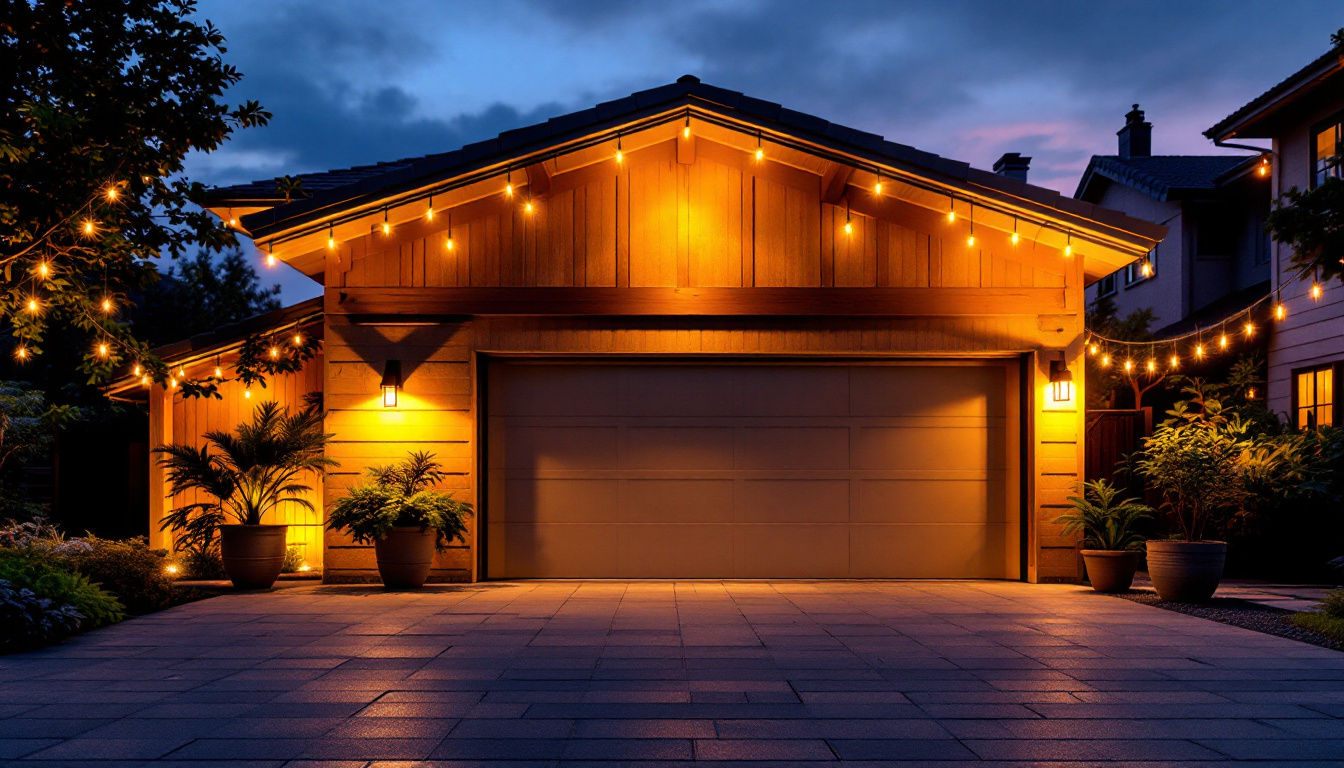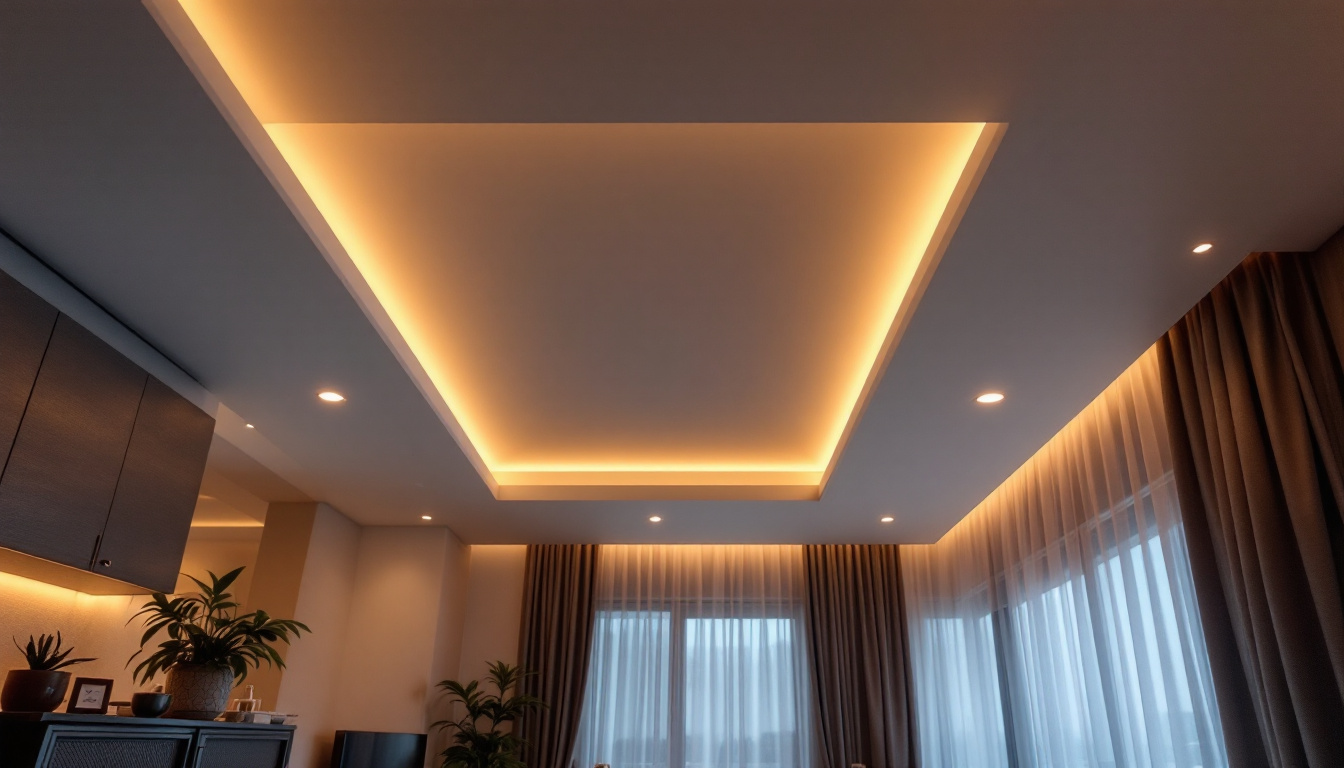
In the world of electrical installations, wire lighting stands out as a popular choice for both residential and commercial projects. Its versatility, efficiency, and aesthetic appeal make it a preferred option for many lighting contractors. However, navigating the complexities of wire lighting can present numerous challenges. This guide aims to help lighting contractors avoid common pitfalls, ensuring successful installations that meet client expectations and safety standards.
Before diving into the potential pitfalls, it is essential to grasp the fundamentals of wire lighting systems. These systems primarily consist of a series of fixtures connected by a continuous wire, allowing for a streamlined and flexible lighting solution. They can be used in various applications, from accent lighting in homes to extensive commercial setups. The versatility of wire lighting systems makes them a popular choice among designers and architects, as they can easily adapt to different environments and styles.
In addition to their aesthetic appeal, wire lighting systems can also enhance the functionality of a space. For instance, in retail environments, they can be strategically positioned to highlight specific products, drawing customer attention and increasing sales. In residential settings, homeowners can use wire lighting to create mood lighting in living areas or to illuminate artwork and architectural features, adding depth and character to their interiors.
Wire lighting systems come in several types, each suited for specific applications. The most common types include:
Wire lighting offers numerous advantages that make it an attractive option for contractors:
Moreover, wire lighting systems can be customized with various accessories and controls, such as dimmers and smart home integration, allowing users to tailor their lighting experience to suit their preferences. This level of customization enhances the overall user experience, making wire lighting systems not just a functional choice, but also a personal one. With the right design and implementation, these systems can transform any space into a beautifully lit environment that meets both practical and aesthetic needs.
Despite its advantages, wire lighting installations can be fraught with challenges. Understanding these pitfalls can help contractors avoid costly mistakes and ensure a smooth installation process.
One of the most significant pitfalls in wire lighting installations is inadequate planning. Failing to properly assess the space and lighting needs can result in a poorly executed project. Before installation, contractors should conduct a thorough site assessment, considering factors such as:
By taking the time to plan effectively, contractors can avoid issues such as insufficient lighting or improper fixture placement. Additionally, it is beneficial to create a lighting plan that includes a visual representation of the proposed layout. This can help clients visualize the end result and provide an opportunity for feedback before installation begins. Furthermore, considering the ambient light levels in the space can help determine the appropriate brightness and color temperature for the fixtures, ensuring that the lighting complements the overall design aesthetic.
Electrical safety should always be a top priority in any lighting installation. Wire lighting systems must comply with local codes and regulations to ensure safety and functionality. Common oversights include:
Contractors must stay informed about the latest electrical standards and ensure all installations meet or exceed these requirements. This diligence not only protects clients but also safeguards the contractor’s reputation. Moreover, implementing safety measures such as circuit breakers and surge protectors can further enhance the safety of the installation. Regular training sessions on electrical safety for the installation team can also mitigate risks and ensure that everyone is aware of best practices and potential hazards.
Another common mistake is selecting inappropriate components for the wire lighting system. This includes fixtures, connectors, and wiring. Contractors should consider the following:
Investing in high-quality components can prevent issues down the line, such as flickering lights or frequent replacements. Additionally, it is important to consider the aesthetic appeal and functionality of the chosen fixtures. For instance, dimmable options can provide versatility in lighting levels, making the space more adaptable for different activities. Furthermore, understanding the latest trends in lighting design can help contractors recommend innovative solutions that not only meet the technical requirements but also enhance the visual impact of the space.
To mitigate the risks associated with wire lighting, contractors should adopt best practices that promote successful installations. These practices encompass planning, execution, and ongoing maintenance.
A comprehensive site assessment is crucial for any wire lighting installation. Contractors should take the time to evaluate the space, considering:
By gathering this information, contractors can create a tailored lighting plan that meets the client’s needs while maximizing the system’s effectiveness.
Investing in high-quality materials is essential for the longevity and performance of wire lighting systems. This includes:
Quality materials not only enhance the aesthetic appeal of the installation but also contribute to the overall safety and reliability of the system.
Maintaining open lines of communication with clients throughout the installation process is vital. Contractors should:
Effective communication fosters trust and ensures that the final installation aligns with the client’s vision.
Once the wire lighting system is installed, several post-installation considerations can enhance the overall experience for both the contractor and the client.
Before concluding the project, contractors should conduct thorough testing of the wire lighting system. This includes:
Quality assurance not only ensures the system operates as intended but also provides peace of mind for the contractor and client alike.
Educating clients on the maintenance of their wire lighting system is crucial for its longevity. Contractors should provide clear guidelines, including:
By empowering clients with knowledge, contractors can help ensure that the lighting system remains in optimal condition for years to come.
Wire lighting systems offer a versatile and efficient solution for various lighting needs, but they come with their own set of challenges. By understanding common pitfalls and implementing best practices, lighting contractors can navigate these challenges effectively. From thorough planning and quality material selection to effective communication and post-installation support, each step plays a crucial role in the success of wire lighting installations.
Ultimately, a commitment to safety, quality, and client satisfaction will not only enhance the contractor’s reputation but also lead to successful projects that stand the test of time. By avoiding common pitfalls and embracing a proactive approach, lighting contractors can illuminate spaces with confidence and creativity.
Ready to elevate your wire lighting installations with the best materials on the market? Look no further than LumenWholesale. Our commitment to providing contractors with spec-grade lighting products at unbeatable wholesale prices ensures that you can tackle any project with the assurance of quality and affordability. Say goodbye to inflated markups and hello to a vast selection of industry-standard lighting solutions. Plus, with the convenience of free shipping on bulk orders, you can enjoy premium lighting at the best value — without any hidden fees. Don’t compromise on your installations; choose LumenWholesale for a seamless blend of quality, cost-effectiveness, and convenience. Wholesale Lighting at the Best Value is just a click away.

Discover if A19 is a standard bulb and learn essential tools for lighting contractors.

Discover the essential role outdoor garage lamps play in modern lighting projects and why they are a must-have for every lighting contractor.

Discover the transformative role of recessed lighting in modern interiors.

Discover essential insights and expert tips for lighting contractors in this comprehensive guide on light fixtures.